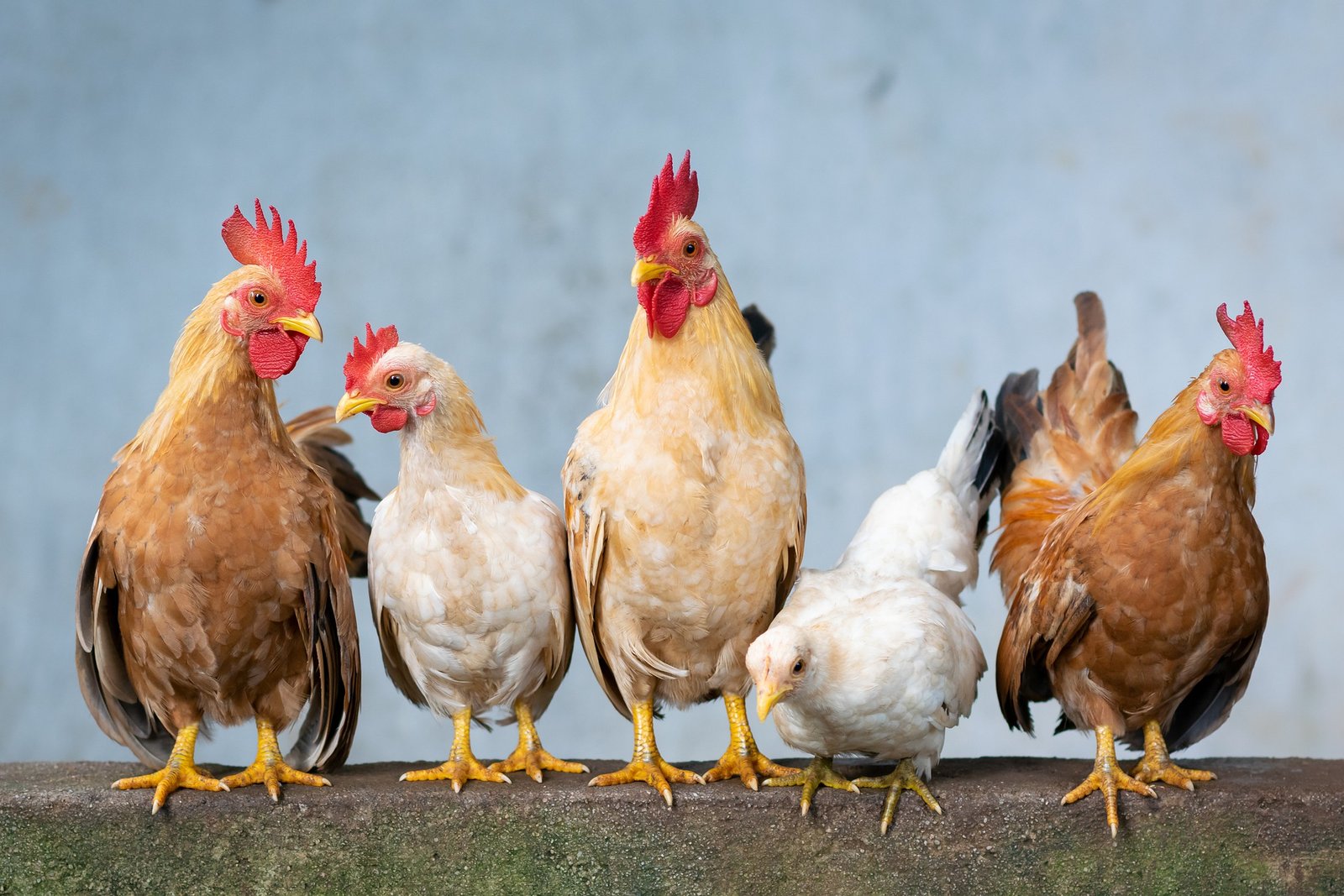Eggplant cultivation
Introduction: – Brinjal is cultivated as a major vegetable crop in almost all regions in India except in high altitude places.
It is grown twice a year, October November, and July August. In terms of nutritional value, it is considered equivalent to tomatoes. Vitamin ‘C’ has been found in the green leaves of brinjal. Its seeds are appetizers and leave benefits in retardation and constipation.

Selection of land: – It can be cultivated in all types of land with good drainage. Soils ranging from loamy loam to heavy soils with a sufficient amount of Carbonic substance are suitable. The pH value of the land should be between 5.5-6.0 and proper management of irrigation is necessary.
Advanced varieties: – Eggplants are mainly purple, white, green, pink, and striped. The shape is round, oval, long, and pear shaped.
Due to the research work done in Horticulture and Agro-Forestry Research Program, Ranchi, the following varieties have been developed for this region: –
Punjab Bahar: – The length of this plant is 93 cm. Its fruits are round, dark purple in color, and fewer seeds. Its average yield is 190 quintals per acre.
Punjab number 8: – This variety is of medium height. Its crops are medium-sized, round and light purple in color. Its average yield is 130 quintals per acre.
Jamuni Goi (S16): – This variety is prepared by Punjab Agriculture University and its fruits are long and purple in color.
Punjab Barsati: – This variety is made by Punjab Agriculture University and this variety is tolerant to fruit borer. The fruits are medium-sized, long, and purple in color. It has an average yield of 140 quintals per acre.
Punjab Neelam: – This variety is made by Punjab Khetibari University and its fruits are long and purple in color. Its average yield is 140 quintals per acre.
Pusa Purple long: – It is an early maturing variety, in winter it is cooked in 70-80 days, and in summer it is cooked in 100-110 days. This variety is of medium height and the fruits are long and purple in color. Its average yield is 130 quintals per acre.
Pusa Purple Cluster: – This variety is Made by ICAR New Delhi. It is a variety of medium time. Its fruits are dark purple in color and flakes. This variety is tolerant to scorching disease.
Pusa Hybrid 5: – The fruits of this variety are long and dark purple in color. This variety is ripe and ready in 80-85 days. Its average yield is 204 quintals per acre.
Read More:- Top Brinjal Varieties In India Click Here
Other varieties for Eggplant Cultivation
Swarna shakti: – It is a hybrid in terms of yield. Its plants are about 70-80 centimeters in length. Fruits are long bright purple in color. The average weight of the fruit is 150-200g. Occurs between 700-750 q / ha from this variety. Average yield is obtained between
Swarna Shree: – Plants of this variety are 60-70 cm long, more branched, broadleaf bale. Fruits are soft to oval in color. These are the varieties suitable for making fruity. Tolerant to ground-borne warts, this variety yields 550-600 q / ha.
Swarna mani: – Its plants are 70-80 cm long and the leaves are purple in color. Fruits are round and dark purple in color weighing 200-300 grams. It is a tolerant variety of soil borne warts. Its average yield is 600-650 q / ha.
Swarna Shyamlibhu: – Generated bacteria resistant to withers, this early variety fruits are round, green in large size. The fruit has white stripes on top. There are thorns on its leaves and fruits. Fruit plowing begins 35-40 days after transplanting.
It is a resistant variety to the withering disease found in the virulent form in this genius. Its fruits are large, long bright purple color. Its fruits are in great demand in the market. The yield capacity of the variety is 600-650 q / ha. Varies between
Sowing of brinjal seeds, and fertilizers.
Plant preparation
Preparation of nursery: – The soil of the nursery is treated with sunlight to control the diseases and pests that occur in the nursery. For this, between 5-15 April 3 * 1 m. Shape beds 20–30 cm high. 20-25 km per bed G Rotten cow dung manure and 1.2 kg Put them in a bed of Karanja and mix well. After that, the beds are well irrigated and covered with a sheet of transparent plastic and pressed with soil.

By this action, air and steam do not come out from the bed and in 40-50 days, the intensity of pathogenic fungi and harmful pests in the soil is reduced. Transplanting in one hectare area requires 20-25 such beds.
Seed sowing: – Seeds should be sown in July-August for the brinjal crop, in January-February for the summer crop, and in April for the rainy season. 250–300 g of common varieties for transplanting brinjal to the one-hectare field. And 200-250g of hybrid varieties. Seeds are sufficient.
Treat seed before sowing in the nursery. Sow in 5 cm distance lines. Keep the distance between the seed and the depth of the seed between 0.5-1.0 cm. After sowing, cover the seed with the soil. To protect the nursery from the effects of excess rain and pests, apply nylon mesh.
fertilizers: – 200-250 q / ha for a good yield. Rotten cow dung manure should be used at the rate of Rs. Additionally, add an appropriate amount of nitrogen (260-325 kg urea), phosphorus, potash, to the crop. Hybrid varieties of brinjals require relatively high nutrition.
Planting: – 21 to 25 days after sowing, the plants are ready to be planted. Transplanting of brinjal should be done in July-August, for summer crop in January-February and for the rainy crop in April-May.
Transplanting should be done in the evening, followed by a light irrigation. This helps establish the roots of plants with soil. Later in-season irrigation can be done. It is necessary to periodically harvest the crop. Tudai: – In the soft state of brinjal fruits should be done. By delaying the plucking, the fruits become hard and colorless and at the same time, the seed is developed in them, due to which the price of the product is not available in the market.
Pest and disease control
Stem and fruit borer: – This pest causes great damage to the crop. Its Pillu penetrate through the hole at the top of the leaf and eat it from inside.
The effect of this pest can be reduced by applying a pheromone loop in the crop. In the case of outbreaks of pests on fruits, make a solution of neem juice at the rate of 4% and use it for 15 days.
Jassids: – These pests suck the sap from the surface of the leaves. As a result, the leaves turn yellow and the plant becomes weak.
pelican beetles: – These pests cause a lot of damage in the early stages of plants. These leaves resemble Khar strainer. In the event of an outbreak, the entire crop is wasted. To prevent them, use Carbaryl (2.0 g / l) or Padan (1.0 g / l) at a difference of 10 days.
Damping-off of wet rot: – It is a fungal disease of the nursery, its outbreak has been seen in two stages. In the first stage, the plant exits the ground surface. And after germination, treat seeds with a fungicide called Bavistin (2g / kg seed) for prevention. Also, use germopper-50 (3 g / l) after germination.
Fruit rot (Phomopsis Blight): – It is a seed borne disease caused by fungi. Initially, small round brown spots are formed on the affected leaves and later black spots of irregular shape appear on the edges of the leaves.
Patient leaves turn yellow and wither. Brown creations appear like dust particles on the fruit, which later grow into black spots. For the control of this disease, sow with Bavistin (2 g / kg seed) after seed treatment and make 0.1% Bavistin solution at the crop and sprinkle 2-3 times in the initial stage of the plants at a difference of 10 days.
Bacterial-withering disease: – It is the major disease of vegetables of the Solanaceae family. Plants die from their infestation. To protect it, apply resistant varieties like Swarna Pratibha, Swarna Shyamali. Do not put eggplant, tomato, chili in one place continuously and incorporate other vegetables in the crop cycle. 10 q / ha in the field. Use of Karanj Khali at the rate of 15 days before planting reduces the effect of the disease. Before transplanting, soak the roots of the plants in a solution of streptocycline (500 mg / l) for half an hour.
Brinjal is a good crop for small farmers, which they can earn every day only after a few days of planting.












